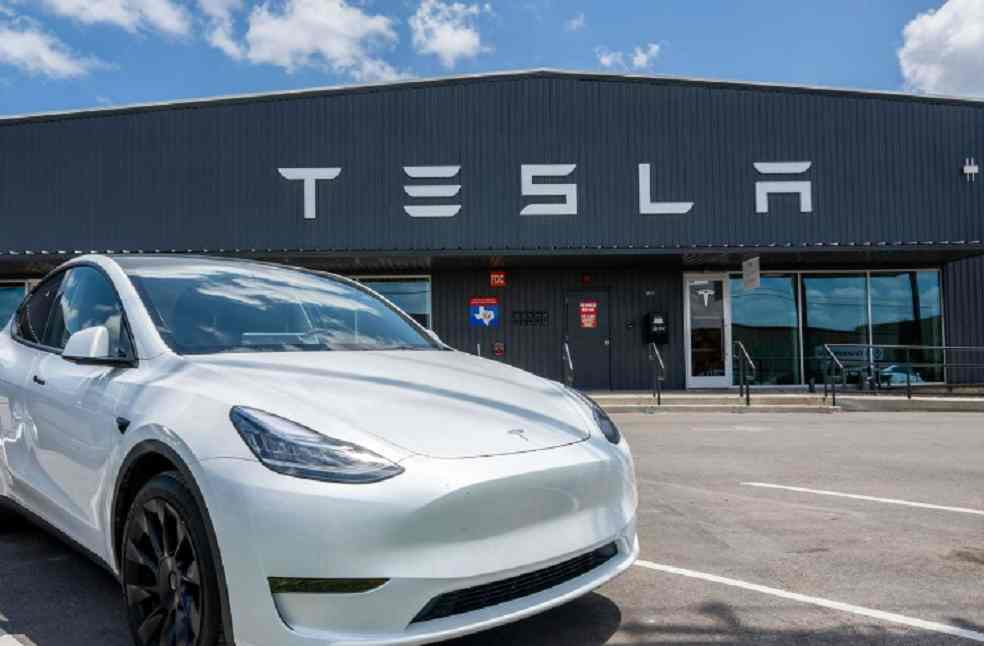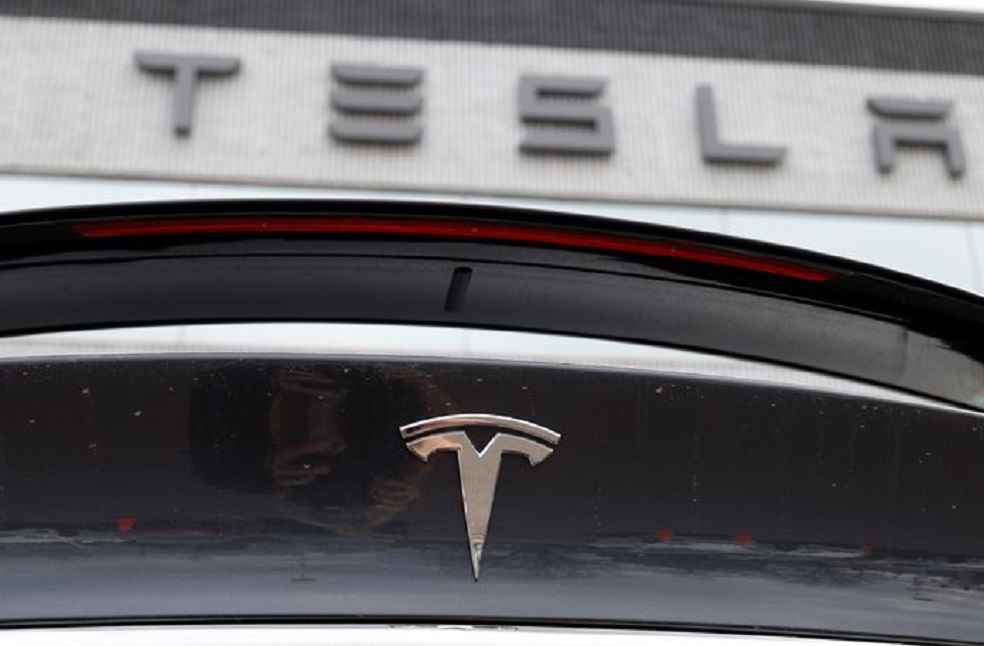Tesla has instructed its suppliers to stop sourcing China-made parts for vehicles bound for the U.S., according to The Wall Street Journal.
The decision reflects the company’s effort to lessen its dependence on Chinese-manufactured components as tensions between Washington and Beijing continue to rise.
Sources indicate that Tesla decided earlier this year to phase out reliance on China-based suppliers for vehicles assembled in the United States.
The move represents one of the most significant corporate reactions to the rising geopolitical strain between the two countries.
Tesla has already replaced some China‑made parts with components from other countries and intends to phase out the remaining China‑origin supplies within the next two years.

The transition stems from disruptions first triggered by the Covid‑19 pandemic, which revealed weaknesses in supply chains reliant on China.
As a result, several Chinese suppliers have shifted production to other countries, including Mexico.
Tesla’s manufacturing network is divided across regions. Vehicles intended for the U.S. market are assembled at its domestic plants using local supply chains, while production at the Shanghai facility depends largely on parts sourced within China.
Cars built in Shanghai are distributed across China as well as to Asian and European markets, but not to the U.S. Numerous Chinese suppliers have also provided components to Tesla’s assembly operations outside China. The Shanghai plant alone collaborated with about 400 direct Chinese suppliers, more than 60 of which contributed parts for Tesla’s global production.

One of Tesla’s toughest replacements is the Lithium Iron Phosphate (LFP) batteries, a segment dominated by China, particularly major producers like CATL. Until last year, Tesla equipped U.S. vehicles with LFP batteries made in China, but those units lost eligibility for certain EV tax credits and became subject to U.S. tariffs, leading the company to discontinue them for American models.
Tesla is now focused on developing domestic LFP production for its energy‑storage division and expects the Nevada facility to begin manufacturing these batteries in the first quarter of 2026.
In April, CFO Vaibhav Taneja noted that Tesla is working to ramp up U.S. LFP cell production and diversify suppliers beyond China, while acknowledging that the transition will take time.
EV WORLD | Porsche’s New Wireless Charging System to Streamline Home Charging





